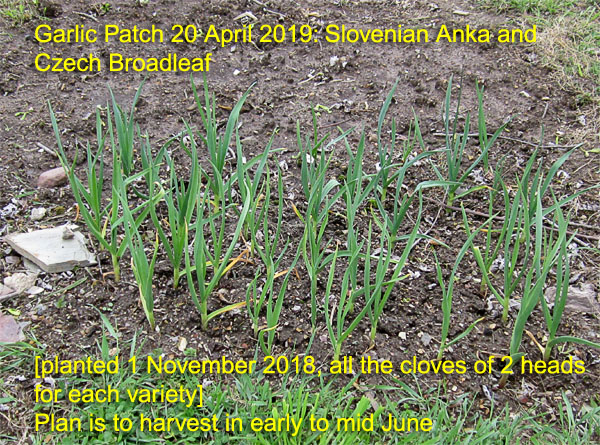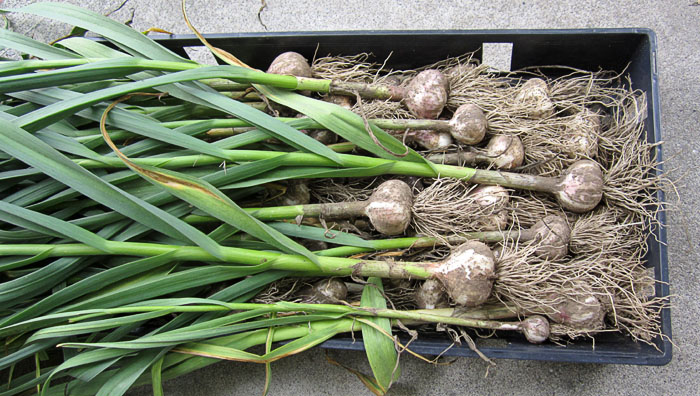I combusted some blackened, dried husk from the black walnut, and independently did the same with a piece of the shell. The aromas are pleasant, but no different from burning most hardwoods. So that's a bust for Latakia.
Back to "garden".
For my germination tests of beans (2014), peas (2016) and a particular winter squash, Guatemala Blue (2012), all on filter paper in bags on the seedling heat mat, I once again looked up their typical germination time. Beans and peas take 7 to 14 days to germinate. Winter squash typically take 6 to 10 days. It's now been 4 days, with nothing other than seed swelling. I think the beans and peas have a good chance. They are typically good for about 5 years.
Squash, on the other hand, is said to be viable for up to about 4 years. [2019 - 4 = 2015]. That particular squash is sometimes available as seed from Southern Exposure or from Seed Savers Exchange. These particular seeds were saved from my own planting of them. It produces a two-foot long, banana-shaped squash with a dark orange flesh that is mildly sweet and somewhat nutty. I consume it, after it has been harvested and cured, by lopping off as much of a section as I need to prepare, then just covering the cut end of the remainder with plastic wrap, and storing it in the refrigerator. I found it similar to the Georgia Candy Roaster squash, though the Guatemala seems to store better.
The only reason I'm fussing with the bean and pea seeds is that I purchased larger bags of each, and still have a ton left. If I know their percent germination, then I can plant a suitable number of seeds for my requirements.
Bob











